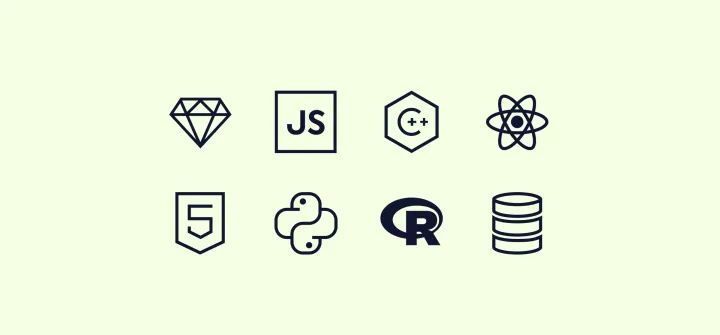Feature tests in back-end applications: A comprehensive guide

Feature tests, also known as integration tests, are a type of software testing that verifies that the different components of an application work together as expected. This type of testing is particularly important for back-end applications, which are often complex and have many interconnected components.
Benefits of feature tests in back-end applications
Feature tests offer a number of benefits for back-end applications, including:
- Improved quality: Feature tests help to identify and fix bugs before they are released to production. This can lead to a significant improvement in the overall quality of the application.
- Reduced risk: Feature tests can help to reduce the risk of regressions and other problems when new features are added to the application.
- Increased confidence: Feature tests can give developers and QA engineers greater confidence that the application is working as expected.
- Faster development: Automated feature tests can be run quickly and frequently, which can help to accelerate the development process.
- Better documentation: Well-written feature tests can serve as living documentation for the application's behavior.
Best practices for feature tests in back-end applications
Here are some best practices for feature tests in back-end applications:
- Focus on critical functionality: Prioritize testing the most critical functionality of the application. This will help to ensure that the most important features are working as expected.
- Use a variety of test cases: Write a variety of test cases to cover different scenarios and possible inputs. This will help to minimize the risk of missing important bugs.
- Use mocks and stubs: Mocks and stubs can be used to simulate the behavior of external systems and isolate the code being tested. This can help to simplify the testing process and make the tests more reliable.
- Automate the tests: Automate the tests as much as possible. This will help to reduce the time and effort required to test the application.
- Integrate the tests into the CI/CD pipeline: Integrate the automated tests into the CI/CD pipeline. This will ensure that the tests are run every time a change is made to the code, which will help to identify and fix bugs early.
How to write effective feature tests
To write effective feature tests, follow these best practices:
- Use a testing framework: Choose a testing framework suitable for your back-end technology stack, such as PHPUnit for PHP, RSpec for Ruby, or Jest for JavaScript. These frameworks provide tools and structures for writing and running tests.
- Isolate tests: Ensure that each test is independent and isolated from others. Use fixtures or database seeding to set up a consistent test environment.
- Focus on critical paths: Prioritize testing the most critical and frequently used paths through your application. Cover user journeys that are essential for your application's functionality.
- Avoid overly detailed tests: While comprehensive testing is essential, avoid writing tests that are too detailed or brittle. Focus on testing the behavior rather than the implementation details.
- Mock external dependencies: When testing features that rely on external services or APIs, use mocks or stubs to isolate your application from external factors.
- Continuous integration: Incorporate feature tests into your continuous integration pipeline to catch regressions early and ensure that your application remains reliable with each code change.
- Regular maintenance: Feature tests can become obsolete as your application evolves. Regularly review and update them to reflect changes in functionality and user interfaces.
Additional tips and considerations
- Use a descriptive naming convention for your feature tests. This will make them easier to read and understand, especially for other developers on your team.
- Use meaningful test data. This will help you to identify the root cause of any problems that you find.
- Write assertions for all of your feature tests. This will ensure that the tests fail if the expected behavior is not observed.
- Use a test runner to execute your feature tests. This will make it easier to run your tests and view the results.
- Organize your feature tests into logical groups. This will make it easier to find and manage them.
Feature tests are an essential part of testing back-end applications. They help to ensure that the application works as expected, even as it evolves and changes. By following the best practices outlined in this blog post, you can write effective feature tests that will help you build and maintain a high-quality back-end application.




Comments ()